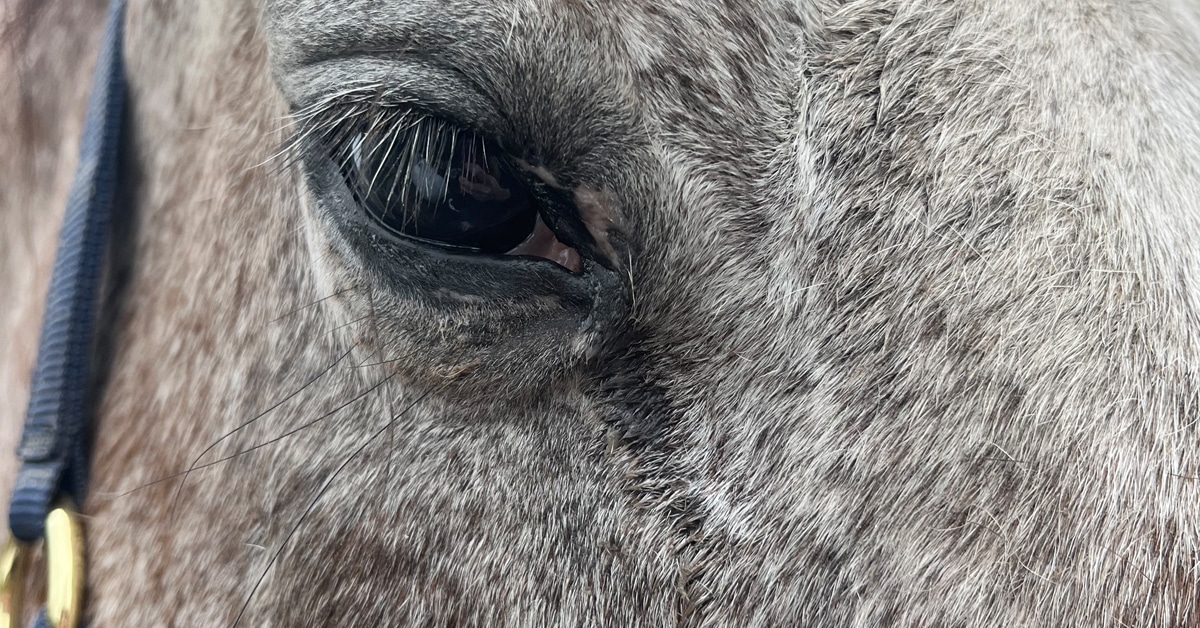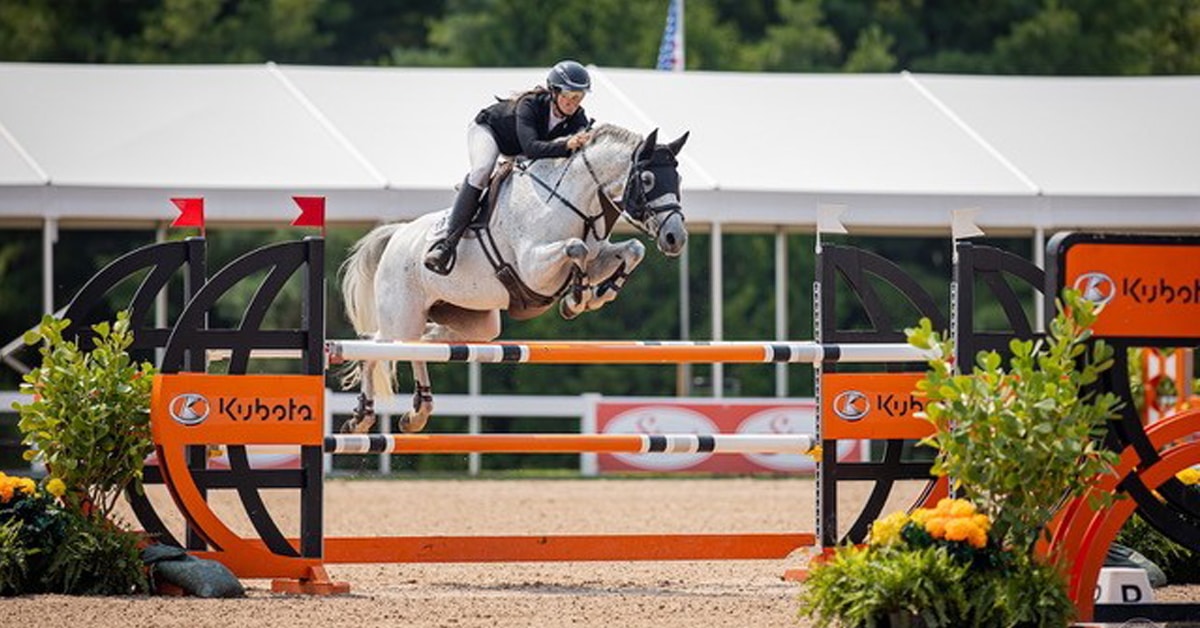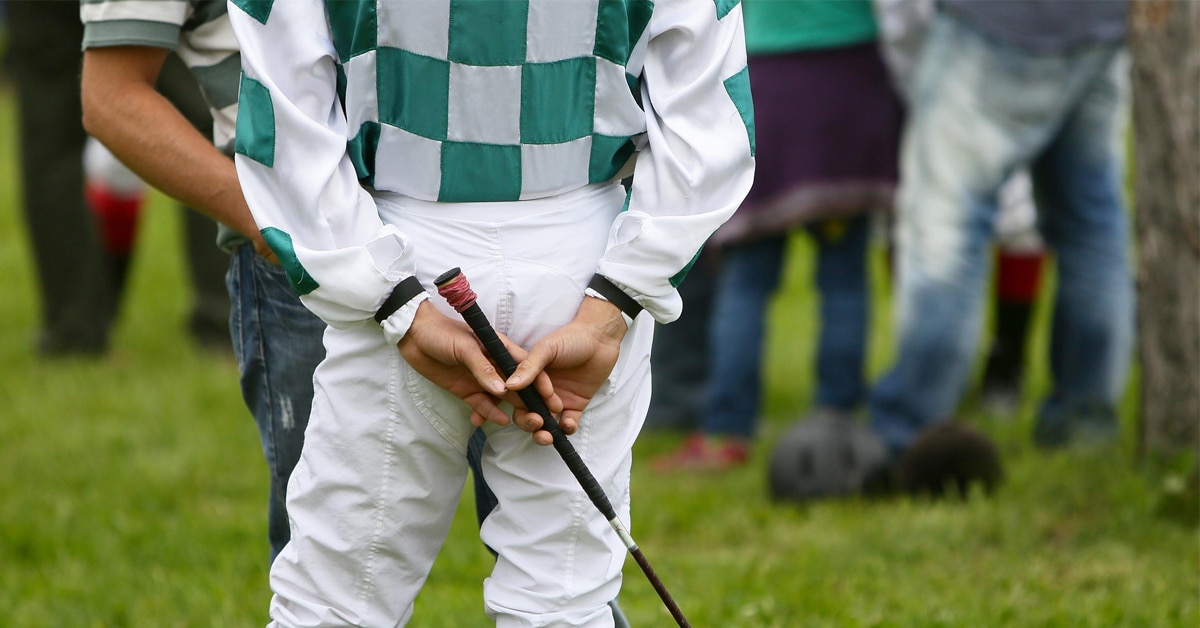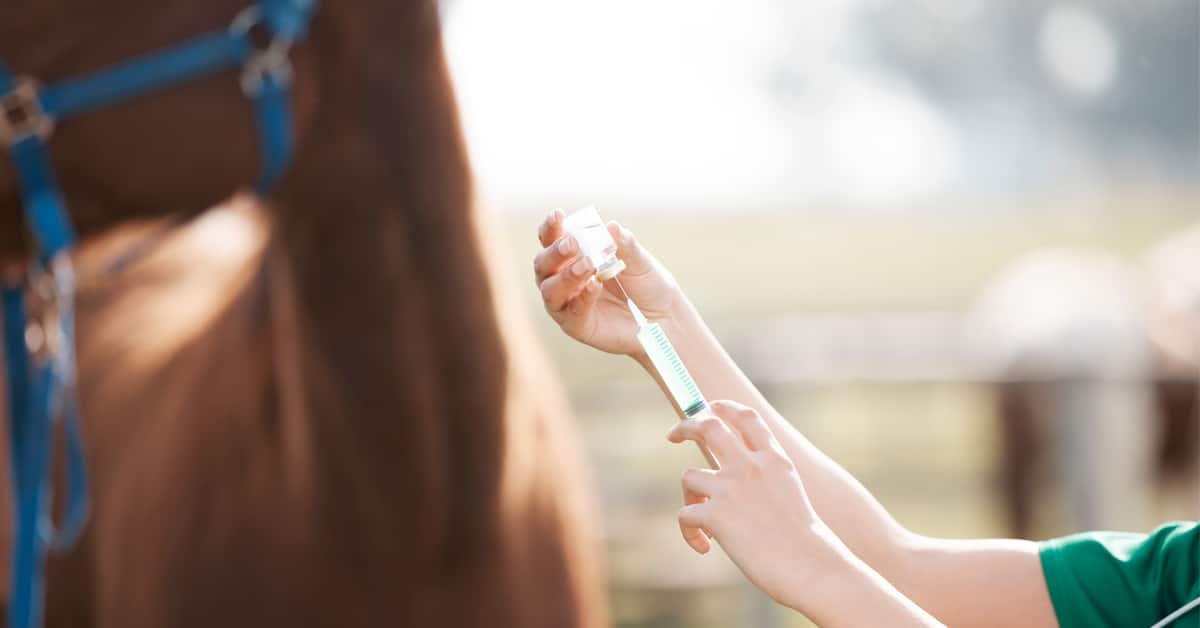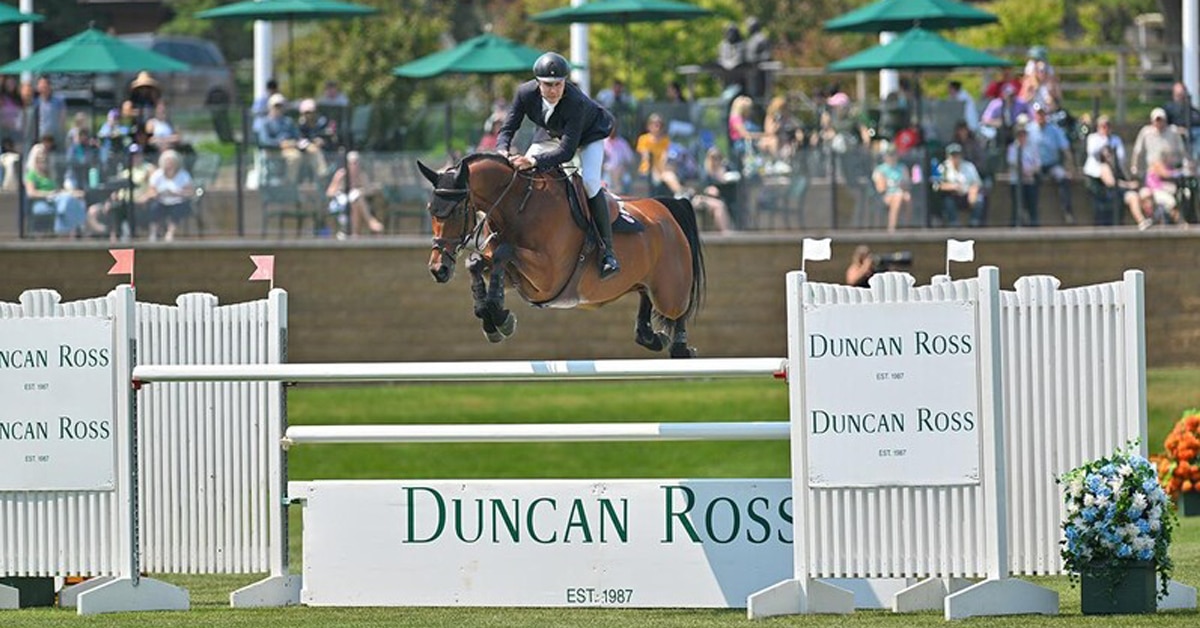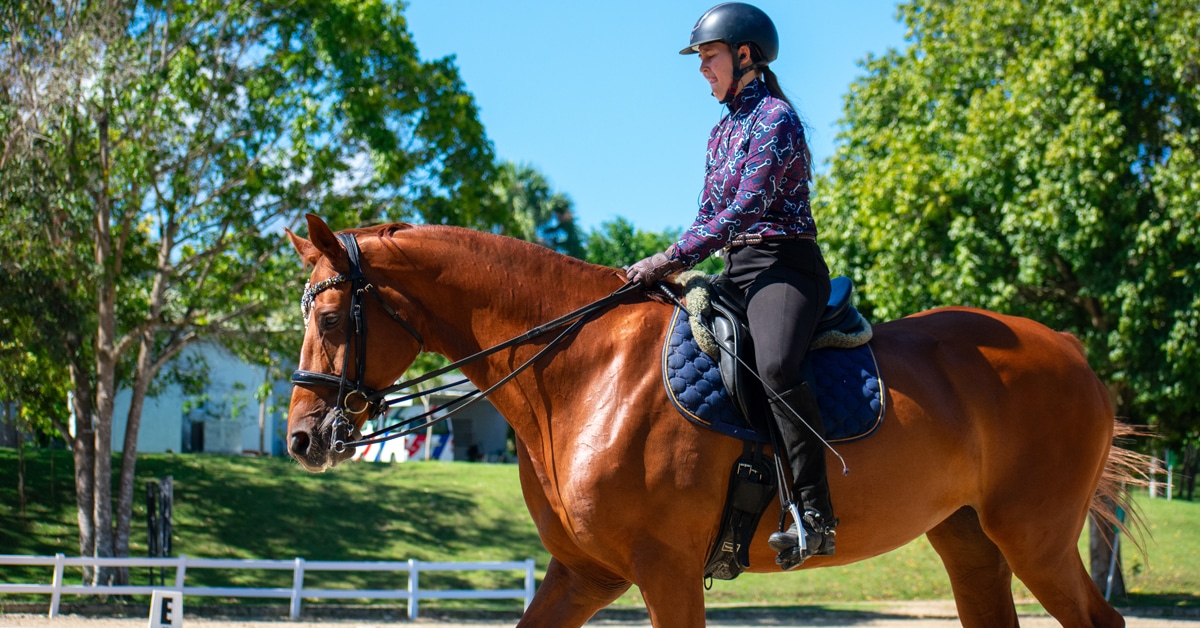A good front end begins with the head and neck, creating a bascule that allows the hind end to finish high and tidy.
While natural jumping style and ability cannot be taught, Bobbie Reber suggests the use of gymnastics to help improve minor jumping flaws and help a horse develop a more consistent form over fences. “The most important thing to accomplish through the use of gymnastics is that the horse learn to drop its head down,” explains Reber. “My motto is: “Head down, knees up”. If a horse jumps with its head up, it’s not using its back and is jumping inverted. Everything is connected.”
What influences a good front end?
There are many factors that influence the jumping style of a horse, and conformation, along with the rider’s position, will affect how well a horse jumps with its front end. Reber stresses that in order to allow the horse to jump well, the rider must be balanced: not ducking, jumping ahead, getting left behind, or catching the horse in the mouth. She also notes that a rider’s ability to place the horse to a correct distance will play a part in jumping style; if a rider pushes the horse past the distance, he or she will hinder the ability of the horse to pull its front end up and over the fence in good form.
Conformation also plays a large role in a horse’s ability to use its front end well. “A horse with a straight shoulder will have less range and will have a harder time bringing its knees up,” explains Reber. “Just as you look for a sloping shoulder angle to produce freedom and range of movement on the flat, you can expect a shoulder angle to come into play over fences. If a horse is long-backed with a weak hind end, it will interfere with scope and bascule. If a horse is weak behind, it will be weak in front.”
It is important to note that all the gymnastics training in the world will not fix a horse with poor or dangerous jumping style, but with targeted training a horse can benefit from the use of gymnastics to sharpen up its front end and encourage bascule. “Natural ability is very important,” Reber stresses. “Some horses just naturally jump better than others, with a beautiful style and lots of scope. If you have a horse that flat-out can’t jump, there is nothing that gymnastics training, or rider ability is going to help.” This doesn’t necessarily mean that a horse who doesn’t jump with winning style is out of a job, providing it is a safe jumper. Horses that jump flat (with little bascule) are wellsuited to the equitation ring, as they don’t dislodge the rider, and brave horses with a great deal of scope, but perhaps an unorthodox style, can still excel in the jumper ring. “The horse has to naturally want to jump well, but through gymnastics you can get them a bit tighter and help them use their topline and their front end.”
Gymnastics to improve the front end
One common front end problem that Reber feels may be improved through gymnastics is slightly uneven knees over the fence. She explains that if a horse is uneven with its knees in the air, it is often due to a preference for landing on one lead; for instance, if a horse prefers landing on the left lead, it will tend to pull the left leg higher.
“A really important part of training is that at an early age horses need to learn to land on both leads,” she says. “Even if they have a great lead change, it becomes a weakness in jumping technique if the horse can’t push evenly off the ground and land on both leads, especially at greater heights. They must learn to become even off the ground and then in turn become even in the air.” A preference for landing on one lead may also result in a horse “laying on its side” in the air – a major form fault. (Working or lungeing a young horse on a circle over a single fence is a good way to get them comfortable with jumping off and landing on both leads.)
Reber will employ the use of guide rails to help a horse take off and jump square, although she cautions that great care must be taken to ensure the horse lands safely by setting them wide, and recommends using alternative materials such as bamboo, foam, PVC, or even simple lines drawn in the sand.
One of her favourite exercises is a simple gymnastic that works on improving bascule and tightening the front end. To begin, set up a trot rail 8′-9′ out from a cross-pole. After the cross-pole, set an oxer 19′-20′ out, and finish with another oxer 24′ out from that. All three jumps should have a ground line. “With gymnastics for young horses, we encourage the horse to stand off using ground lines to develop the front end.” Without ground lines, the horse get can come in deep and a slow front end will be further hampered.
“The oxer-oxer combination really encourages the horse to drop its head down,” explains Reber. “The first time through I like to set up small x-oxers to make the combination more inviting and encouraging. If you want the horse to stretch across with the head and neck, you can set ramped oxers. If you want to make the horse careful, set square oxers. Don’t widen the oxers until you and the horse are comfortable with the gymnastic and want to work on scope.”
With a horse that is not using its topline, Reber suggests the use of landing rails 9′-10′ after each fence to encourage the horse to drop its eye, head, and neck. “Before introducing any landing rail into a gymnastic, break it down and set a trot rail 8′-9′ to a cross-rail, and then 9′-10′ to a landing rail. Once you are comfortable that the horse is aware of the rail and the distance works, introduce it into the grid in between the oxers and after the last fence.”
Reber applauds the use of uncomplicated gymnastics as a training tool. “Gymnastics homework helps the horse become more consistent in its jumping technique. A horse will not use its front end well if they’re hollow with their back or if they jump with their head up. To encourage a round bascule and tidy front end, the rampy oxer-oxer gymnastic with a bit of width will encourage the horse to use its head and shoulders. As they get more comfortable you can go from rampy to square oxers and challenge the horse to be tighter and sharper with the front end. I like gymnastics because it is training, not a quick fix. To “ice the cake” on a slow front end at the horse shows, I will sometimes use a little bounce in the warm-up to get them a bit sharper before going in the ring.”
Bobbie Reber is a familiar face at horse shows throughout Canada and the US, having coached students for over 30 years. She operates Reber Ridge Stables at Milner Downs in Langley, BC, is a Level III coach and an international hunter and equitation judge.
The Latest
